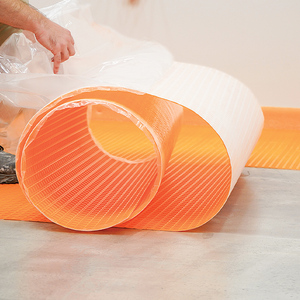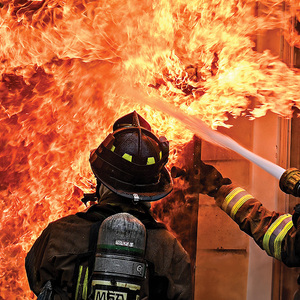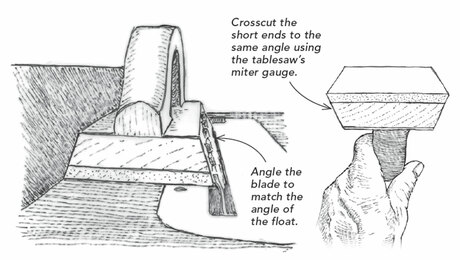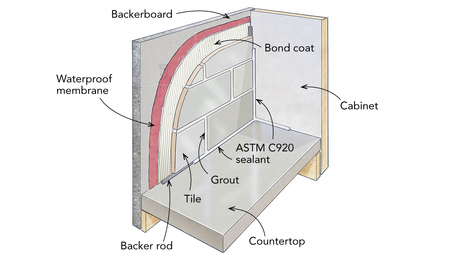Renovating a Chimney
New flue liners convert fireplaces for woodstove use.
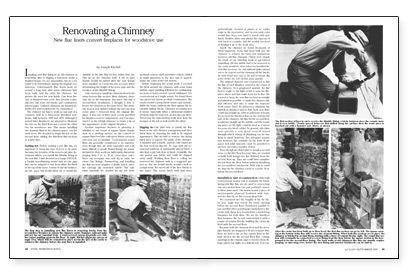
Synopsis: The start of the wood-heating craze taught many homeowners that their old chimneys weren’t safe for a woodstove. This article explains how a tile liner can be added to an old brick chimney, a difficult but not impossible job.
Installing new flue lining in an old chimney is somewhat akin to digging a basement under a finished house — it’s not impossible, but it’s a lot easier to do beforehand, during the original construction. Unfortunately flue liners were invented a long time after many chimneys had been built, and the older the chimney, the greater the need for new liners. Cast from fire-clay or fireproof terra cotta, they provide a safe, effective exit route for smoke and combustion-related gases. Unlined chimneys are hazardous, ineffective and troublesome by comparison.
The chimney we had to work on was part of a common wall in a three-story Brooklyn row-house, built between 1860 and 1870. Although it served three fireplaces, we planned to eliminate the one on the third floor and convert the other two for woodstove use. This meant installing two separate flues in the chimney space, one for each stove. We decided to begin the job on the second floor, adding the first-floor flue sections at a later date.
Getting set
Before starting a job like this, it’s important to know the type of stove to be used, because the location of the stove’s exit pipe determines where you install the thimble fitting in the new flue. I had decided on a Lange 6303A/B, a Danish woodburning model with an exit pipe that can be adapted to run from either the back or the top of the stove. I chose to use the horizontal exit, since this would allow me to install the thimble in the first flue section rather than farther up on the chimney wall. A tile or slate hearth would be added after the new linings were installed, so I took this into account when determining the height of the stove pipe and the location of the thimble fitting.
I also wanted to install the cleanout door in the same bottom flue section. Most chimney cleanouts are in the basement, but since this was a second-floor installation, I thought it best to locate the cleanout on the same level. The cleanout door is now hidden behind the old cast iron cover plate I removed from the original fireplace. It was one of three such covers provided for fireplace-to-stove adaptations, and I incorporated it in the rebuilt chimney to retain a bit of the appearance of the original fireplace.
Another important decision in planning is whether to use round or square liners. Smoke rises in a swirling motion, so the corners of square flues become cold spots where creosote and soot can accumulate. Consequently round flues are generally considered to be superior, even though they are more expensive and a bit more difficult to install. Round linings are manufactured in 24-in. sections, with inside diameters ranging from 6 in. to 18 in. (even sizes only). Since our stovepipe was only 4 1/2 in. wide, we chose 6-in. linings. Transporting and handling the flue sections requires a gentle touch, since the castings are extremely brittle. The only other materials we needed for the job were portland cement, sand and white cement (added in small quantities to the face mix to approximate the color of the old mortar).
For more photos and details, click the View PDF button below:



